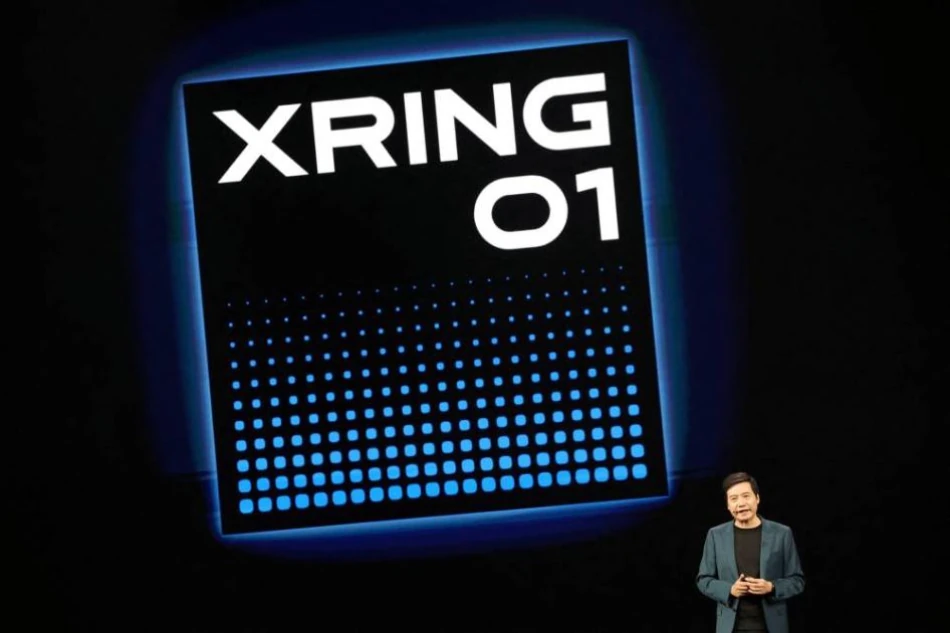
Xiaomi's Smartphone Sales Soar 30.5% in Q2, Driving Strong Revenue Growth
Xiaomi's Southeast Asian Dominance Drives Record Q2 Performance, Challenging Global Tech Giants
Chinese tech giant Xiaomi has delivered a standout second quarter performance, with revenues surging 30.5% year-on-year to $16.16 billion, powered by aggressive smartphone expansion across Southeast Asia and Europe. The company's strategic pivot toward emerging markets is paying dividends, positioning it as a formidable challenger to Apple and Samsung in the global smartphone race.
Financial Performance Exceeds Market Expectations
Xiaomi reported Q2 revenues of 116 billion yuan ($16.16 billion) for the quarter ending June 30, surpassing analyst consensus estimates of 114.7 billion yuan. The performance was even more impressive on the bottom line, with adjusted net profit jumping 75.4% year-on-year to 10.8 billion yuan, beating the average forecast of 10.1 billion yuan.
This robust financial showing demonstrates Xiaomi's ability to maintain profitability while aggressively expanding market share—a balance that has eluded many tech companies in recent quarters amid global economic uncertainty.
Southeast Asia: The New Battleground for Smartphone Supremacy
Market Leadership in High-Growth Region
Xiaomi's most significant achievement this quarter was capturing the top smartphone brand position in Southeast Asia by sales volume. This milestone represents a strategic victory in one of the world's fastest-growing smartphone markets, where rising middle-class populations and increasing digital adoption create substantial long-term opportunities.
Southeast Asia's smartphone market has become increasingly competitive as Chinese manufacturers like Xiaomi, Oppo, and Vivo battle for dominance against established players Samsung and Apple. Xiaomi's success suggests its value-for-money positioning resonates strongly with price-conscious consumers in emerging markets.
European Expansion Gains Momentum
Beyond Southeast Asia, Xiaomi secured the second-largest market share by shipments in Europe, marking significant progress in a mature market traditionally dominated by Samsung and Apple. This European success indicates Xiaomi's premium device strategy is gaining traction among Western consumers who previously viewed Chinese brands as budget alternatives.
Strategic Implications for the Global Smartphone Industry
Challenging the Apple-Samsung Duopoly
As the world's third-largest smartphone manufacturer, Xiaomi's strong performance puts additional pressure on market leaders Apple and Samsung. The company's ability to combine competitive pricing with increasingly sophisticated technology—including advanced camera systems and fast-charging capabilities—threatens the premium pricing strategies of established brands.
Xiaomi's success mirrors the trajectory of other Chinese tech companies that initially competed on price before gradually moving upmarket. This pattern suggests the smartphone industry may see continued market share redistribution away from traditional Western brands.
Electric Vehicle Ambitions Gain Credibility
While smartphones drove Q2 performance, Xiaomi's expanding revenue base provides crucial financial resources for its electric vehicle venture. The company's automotive division, though still in early stages, benefits from this smartphone success by ensuring adequate funding for R&D and manufacturing investments needed to compete with established EV players like Tesla and BYD.
Market Outlook and Investment Considerations
Xiaomi's Q2 results suggest the company has successfully navigated the challenging global smartphone market downturn that affected many competitors. The strong performance in Southeast Asia and Europe indicates effective geographic diversification, reducing dependence on the volatile Chinese domestic market.
For investors, Xiaomi's results demonstrate the company's resilience and growth potential in emerging markets. However, ongoing geopolitical tensions and potential trade restrictions remain risk factors that could impact future expansion plans, particularly in Western markets where Chinese tech companies face increasing scrutiny.
The company's ability to maintain this growth trajectory while expanding into electric vehicles will likely determine its long-term competitive position in the global technology landscape.
Most Viewed News

 Omar Rahman
Omar Rahman






